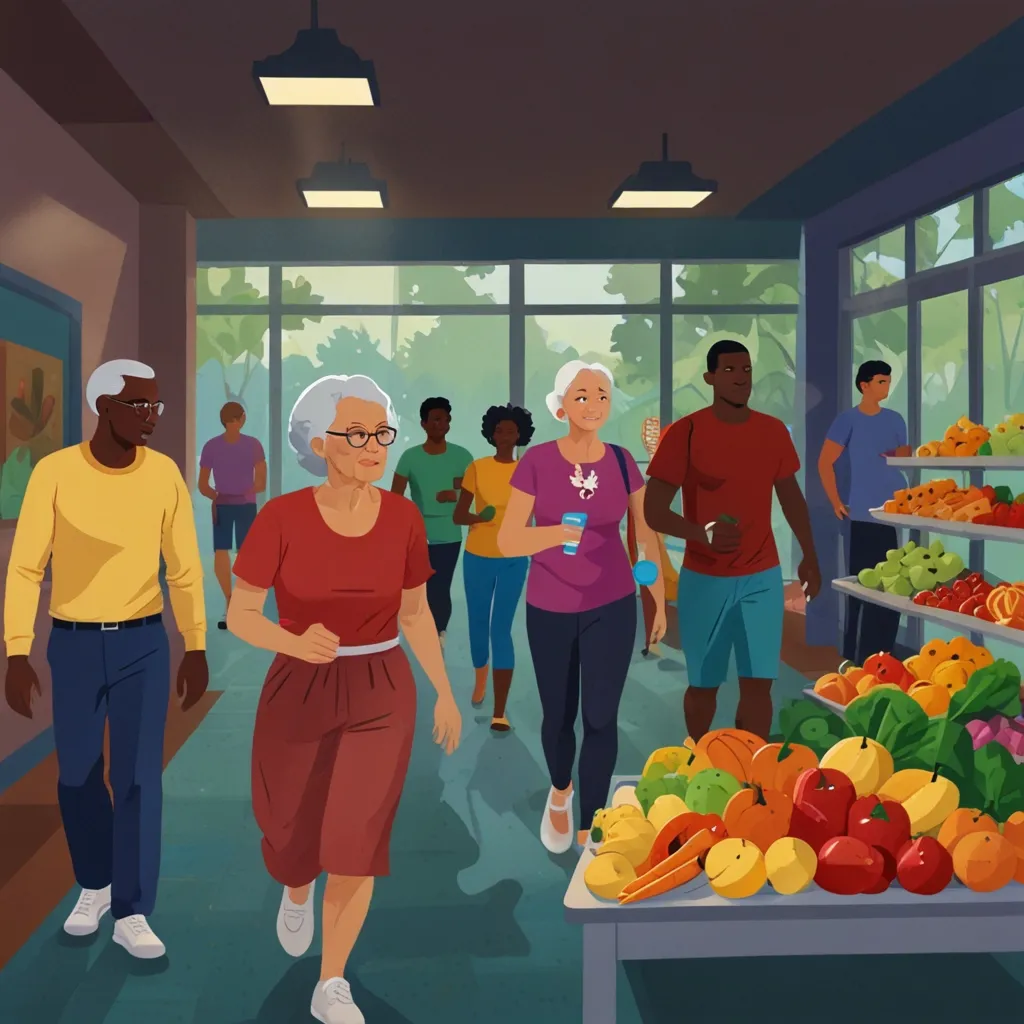Dealing with chronic pain is a tough gig. It’s not just about popping pills; it’s about tweaking your whole lifestyle, emotional game, and maybe even trying out some out-of-the-box therapies. Here’s a little roadmap to help navigate the bumpy ride of chronic pain.
Chronic Pain 101
Chronic pain isn’t the same as the pain you feel when you stub your toe. Unlike acute pain that fades once you heal, chronic pain sticks around for months, sometimes years. It’s like an unwanted guest that never leaves. It can come from injuries, infections, diseases like arthritis or fibromyalgia, and sometimes, there’s no clear reason for it.
Medical Treatments
When it comes to tackling chronic pain, it’s usually a mix of meds and therapies. For the milder stuff, over-the-counter pain relievers like ibuprofen can do the trick. But for more intense pain, doctors might prescribe stronger stuff like opioids or muscle relaxants, though these come with risks of addiction and side effects.
Topical treatments, like lidocaine patches or capsaicin creams, can soothe specific sore spots. Some people find relief from injections that target the pain directly.
Lifestyle Tweaks
Changing up your daily habits can make a big difference. Regular exercise, even if it’s just a quick walk, can lift your mood and ease the pain. Yoga and tai chi are great because they mix gentle movement with relaxation.
Eating right is crucial. Load up on fruits, veggies, and whole grains and cut back on processed junk and sugary drinks. And don’t skimp on sleep—try to get a solid 7-8 hours a night.
Emotional Support
Chronic pain messes with your head, too. It can leave you feeling frustrated, down, and alone. Sharing your feelings with family, friends, or a support group can lighten the emotional load. Cognitive-behavioral therapy (CBT) is another ace up the sleeve—it teaches you to shift negative thoughts and behaviors.
Writing down your thoughts can also be a game changer. Just a few minutes a day of free writing can help clear your head and put things in perspective.
Alternative Therapies
Sometimes, the road to relief includes some unexpected stops. Acupuncture involves sticking tiny needles into specific body points, and for many, it works wonders. Massage therapy can also ease muscle tension and boost blood flow.
Mindfulness practices like meditation and deep breathing exercises can zap stress and lift your spirits. These can be learned through classes or online tutorials and practiced at home.
Team Effort
Chronic pain management often calls for an all-hands-on-deck approach. This means teaming up with your primary care doctor, pain specialists, physical therapists, and mental health pros. Together, these experts can craft a treatment plan just for you.
Patient Power
Your voice matters in managing chronic pain. Healthcare providers should listen to you, consider your preferences, and involve you in making decisions. Regular check-ins and open dialogue are key to fine-tuning treatments.
Cutting Back on Opioids
For long-term opioid users, tapering off these heavy hitters is often necessary to avoid dependency. This should be done gradually with a doctor’s guidance to ease withdrawal symptoms.
Non-Opioid Options
More and more, non-opioid treatments are being recommended. These include NSAIDs, anticonvulsants, and antidepressants. Physical and occupational therapies, along with interventional procedures like nerve blocks, also pack a punch.
Wrapping Up
Managing chronic pain is a long road that calls for patience, persistence, and a whole lot of different approaches. By mixing medical treatments with lifestyle changes, emotional support, and alternative therapies, it’s possible to live more comfortably. Remember, you’re not in this alone—seeking help and staying informed are the first steps toward getting the upper hand on chronic pain.






